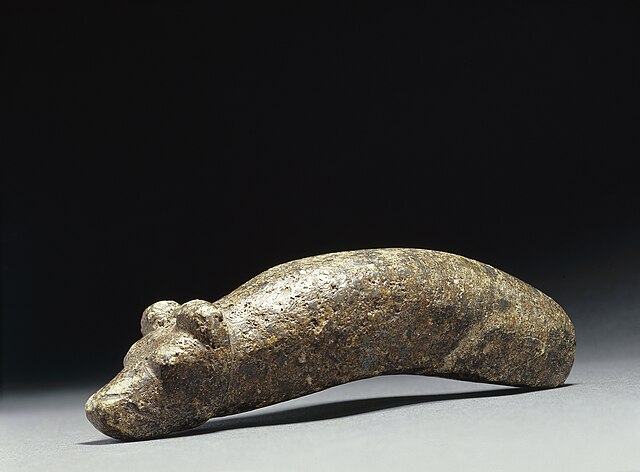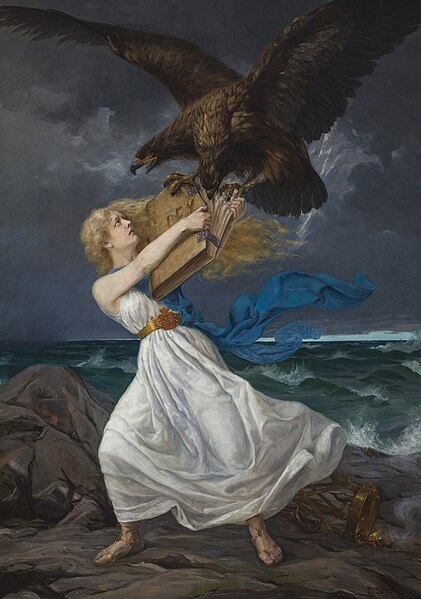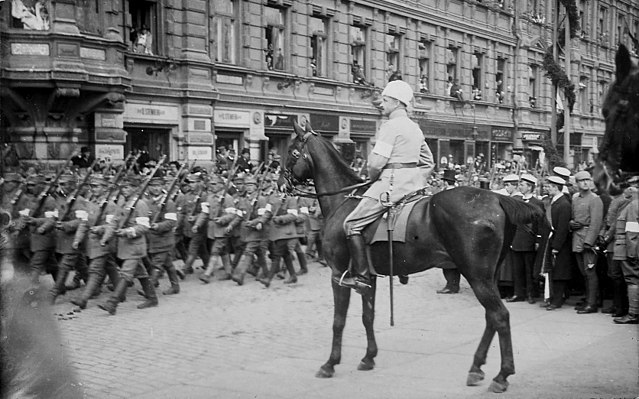The Finnish term Heimosodat refers to a series of armed conflicts and private military expeditions in 1918–1922 into areas of the former Russian Empire that bordered on Finland and were inhabited in large part by other Finnic peoples. The term has been translated into English as "Kindred Nations Wars", "Wars for kindred peoples", "Kinfolk wars", or "Kinship Wars," specifically referring to Finnic kinship. Finnish volunteers took part in these conflicts, either to assert Finnish control over areas inhabited by related Finnic peoples, or to help them gain independence from Soviet Russia. Many of the volunteers were inspired by the idea of "Greater Finland". Some of the conflicts were incursions from Finland, and some were local uprisings in which volunteers wanted either to help people fight for independence or to annex areas to Finland. According to Aapo Roselius, about 10,000 volunteers from Finland took part in the armed conflicts mentioned below.Estonian War of Independence (1918–1920)
Pohjan Pojat and 1st Finnish Volunteer Corps helped Estonian troops.
Viena expedition (1918)
Murmansk Legion
Aunus expedition (1919)
Petsamo expeditions
Revolt of the Ingrian Finns (1918–1920)
East Karelian Uprising (1921–1922)

Finnish volunteers arrive in Tallinn, Estonia in December 1918 during the Estonian War of Independence
Volunteer tribal soldiers from the Viena-Karelian military campaign
Finland, officially the Republic of Finland, is a Nordic country in Northern Europe. It borders Sweden to the northwest, Norway to the north, and Russia to the east, with the Gulf of Bothnia to the west and the Gulf of Finland to the south, opposite Estonia. Finland covers an area of 338,145 square kilometres (130,559 sq mi) and has a population of 5.6 million. Helsinki is the capital and largest city. The vast majority of the population are ethnic Finns. The official languages are Finnish and Swedish, of which 84.9 percent and 5.1 percent of the population speak the first as their mother tongue. Finland's climate varies from humid continental in the south to boreal in the north. The land cover is predominantly boreal forest biome, with more than 180,000 recorded lakes.
Stone Age bear head gavel found in Paltamo, Kainuu
Now lying within Helsinki, Suomenlinna is a UNESCO World Heritage Site consisting of an inhabited 18th-century sea fortress built on six islands. It is one of Finland's most popular tourist attractions.
Edvard Isto, The Attack, 1899. The Russian eagle is attacking the Finnish Maiden, trying to steal her book of laws.
Finnish military leader and statesman C. G. E. Mannerheim as general officer leading the White Victory Parade at the end of the Finnish Civil War in Helsinki, 1918






